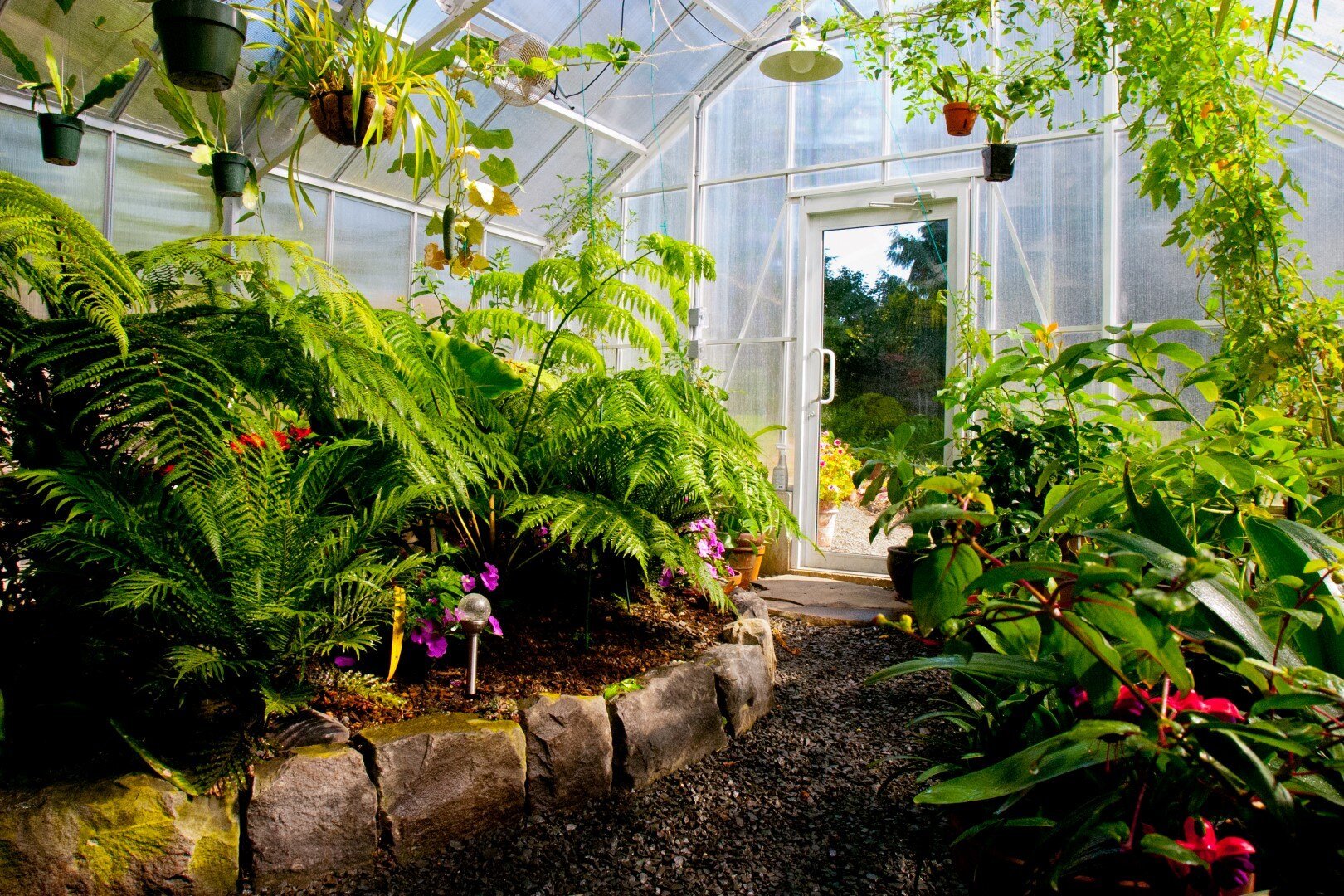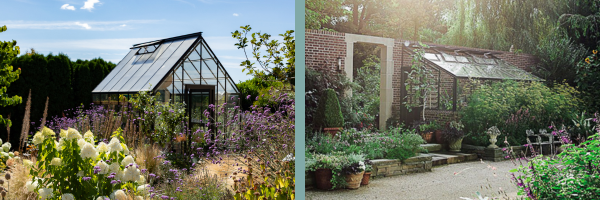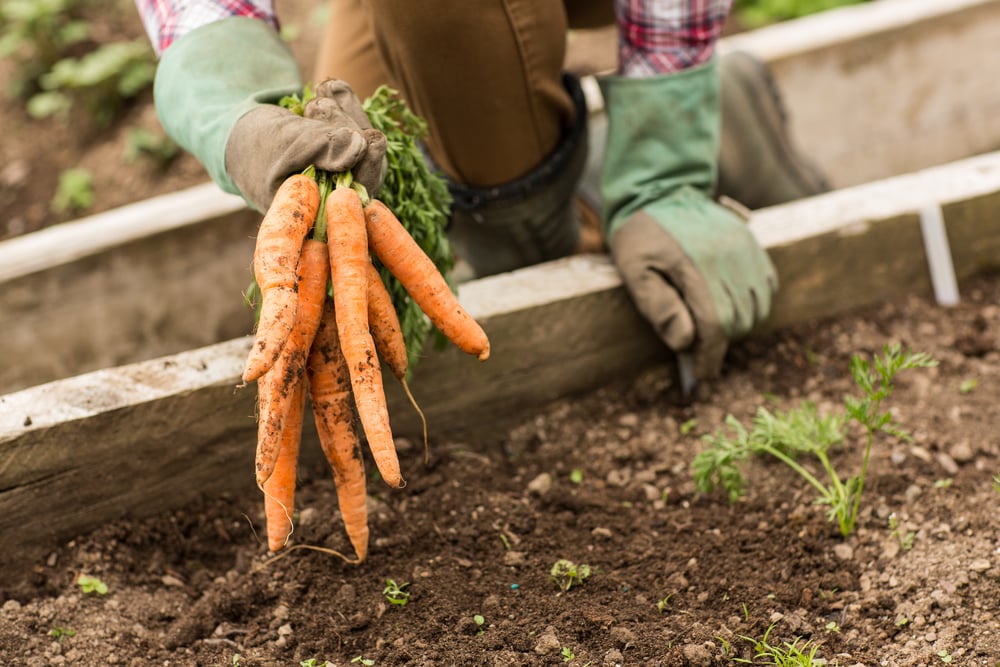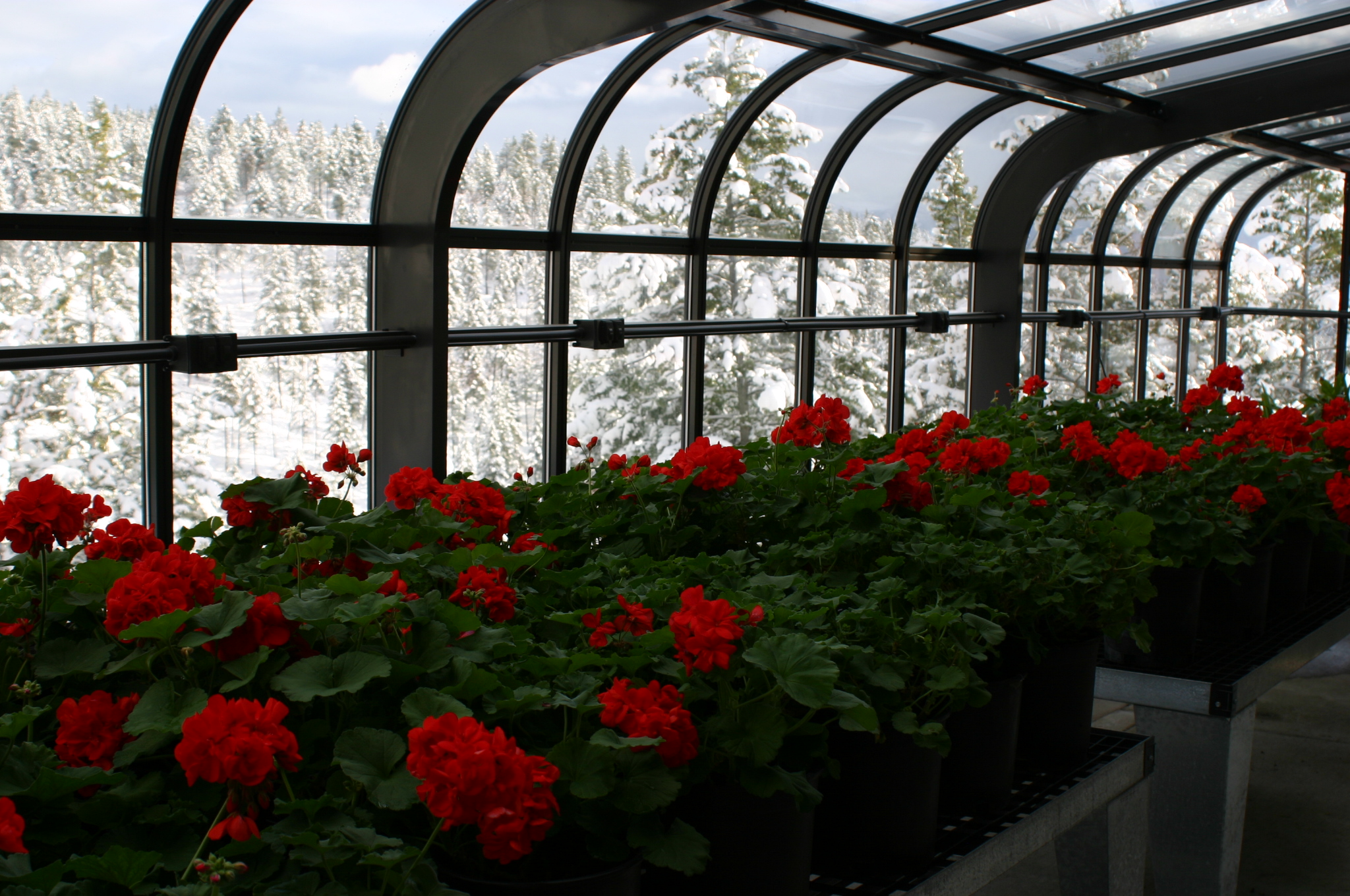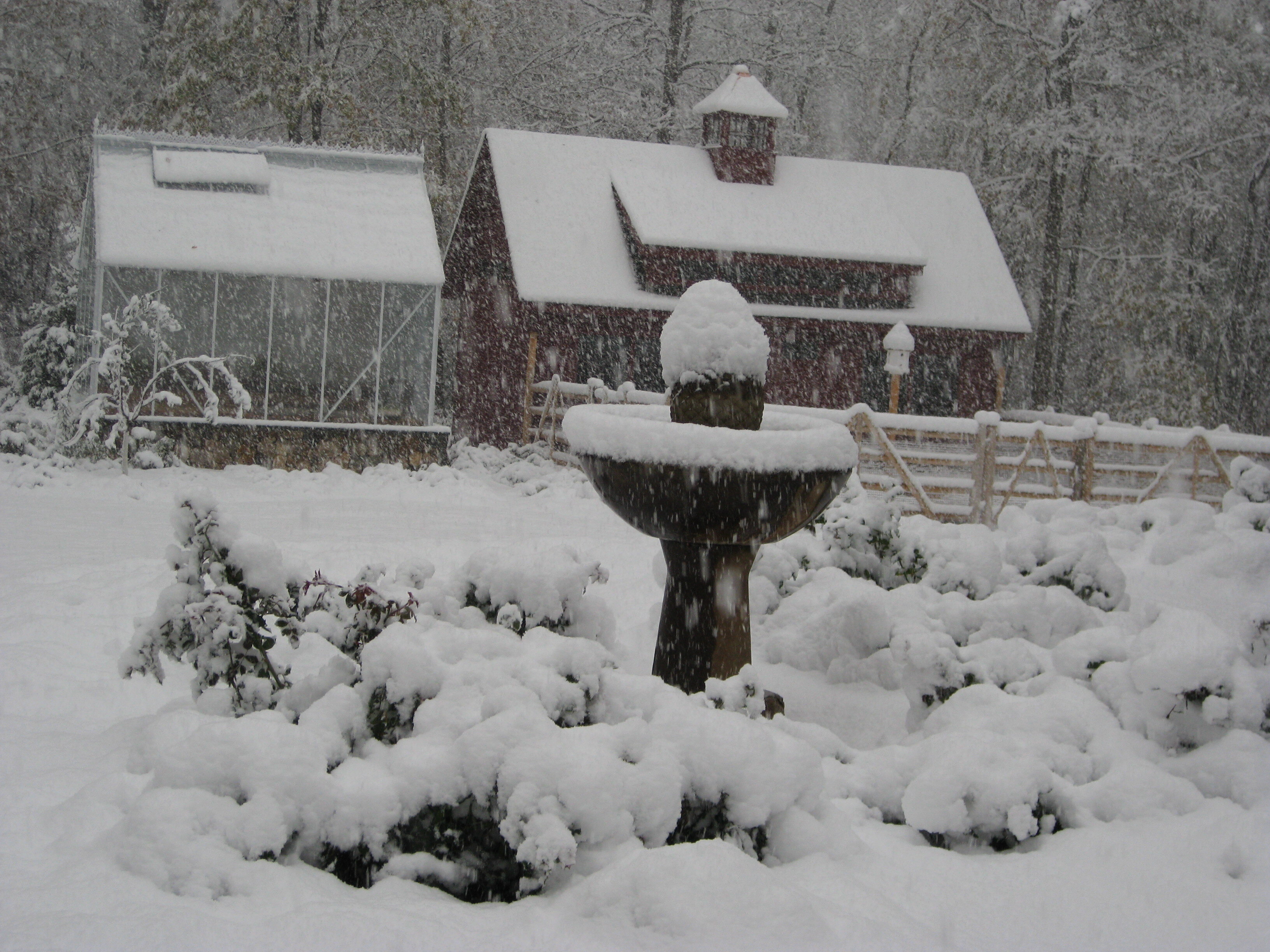Last Minute Holiday Gifts For Gardeners That Still Feel Thoughtful
Quick Answer
Last minute gifts for gardeners still feel thoughtful when they help them enjoy winter now, get ready for spring, or move a dream project like a greenhouse closer to real life. Start with instant ideas like a Charley’s Greenhouse & Garden digital gift card or an online class, then layer in a few small comforts such as hand care products, cozy teas, and simple seed starting supplies they will reach for all season long. If your gardener has been talking about a greenhouse, you can use this year’s gift as the first step toward a future BC Greenhouse with a planning IOU, a catalog, and a promise to design it together in the new year.


